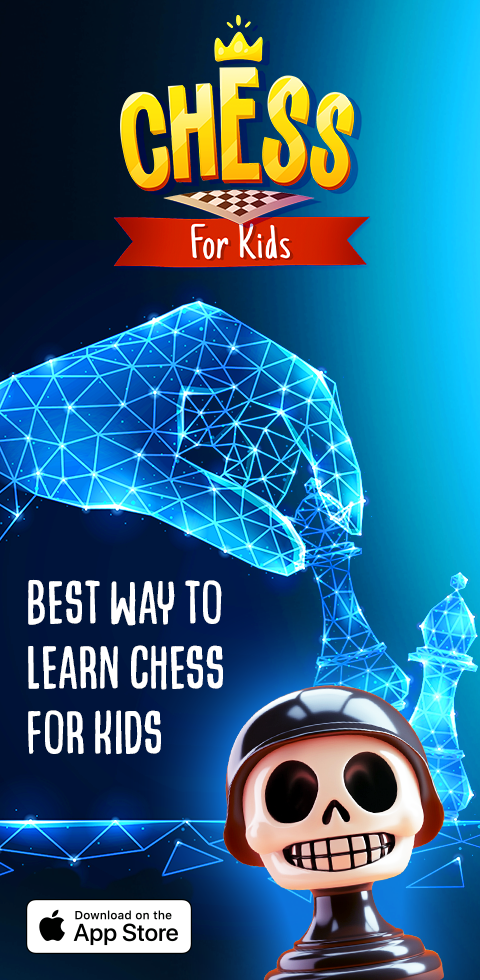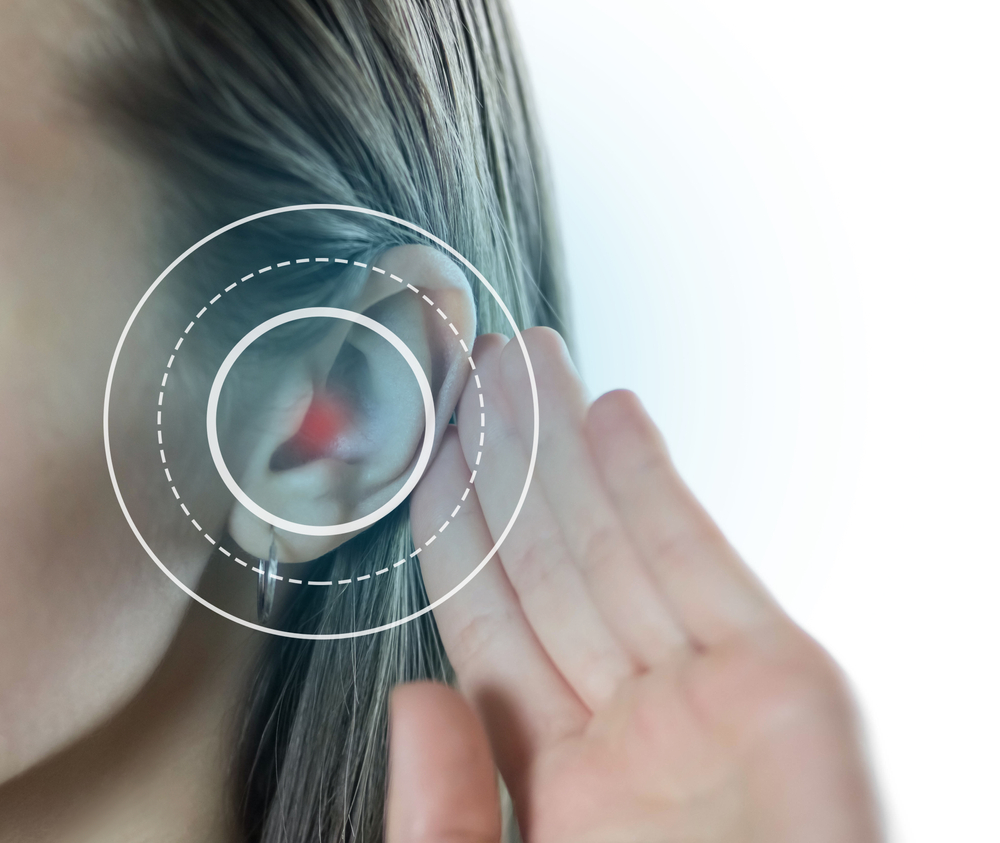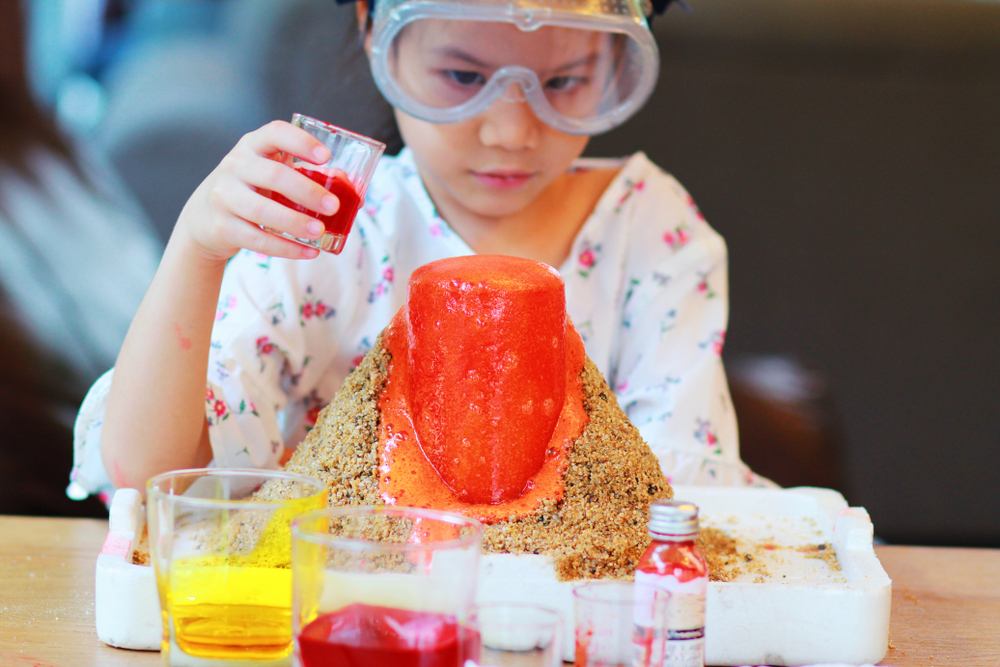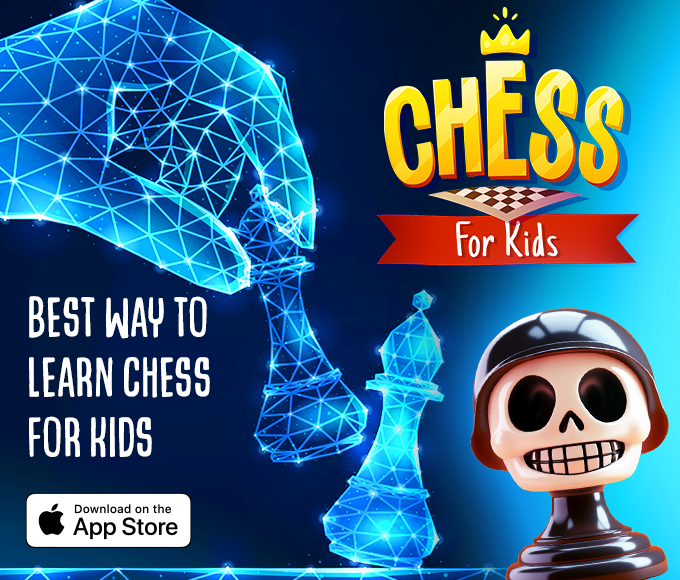Handwriting improvement Normal Worksheets for Ages 6-9
15 filtered results
-
From - To
Our "Handwriting Improvement Normal Worksheets for Ages 6-9" are specially designed to help young learners enhance their writing skills. These worksheets offer a structured approach that combines practice with fun activities tailored for young minds. By engaging in repetitive yet varied exercises, children can develop their fine motor skills, learn the correct letter formations, and build muscle memory for smooth, legible writing. Suitable for home and classroom use, our worksheets ensure a balanced progression, fostering confidence and making handwriting practice an enjoyable part of their learning journey. Empower your child to write with clarity and precision!
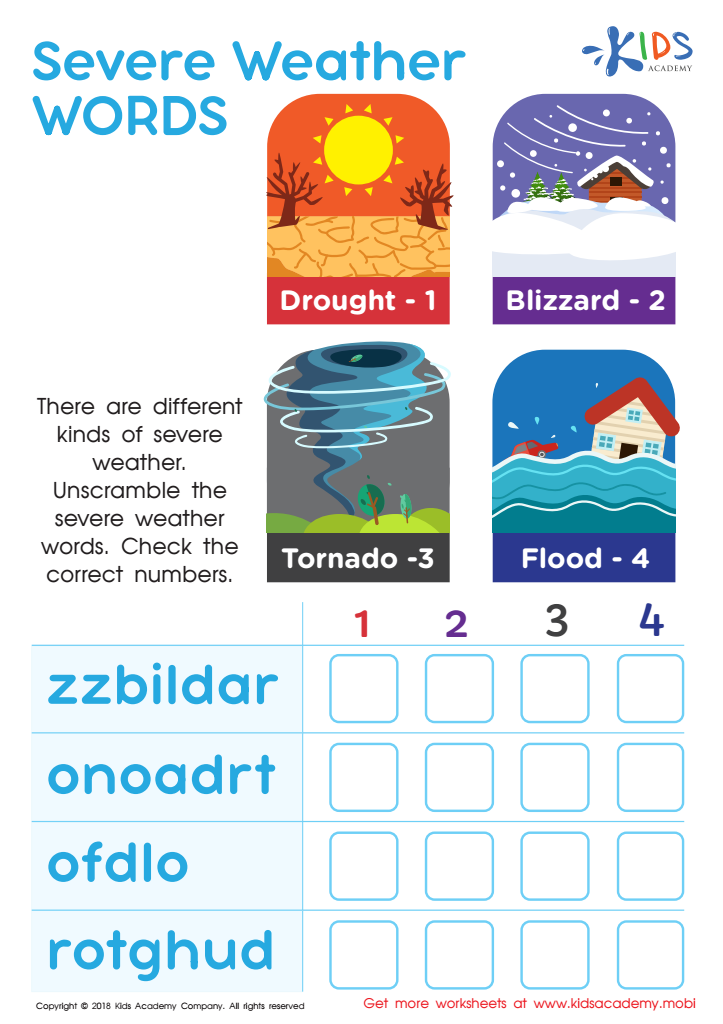

Severe Weather Words Worksheet
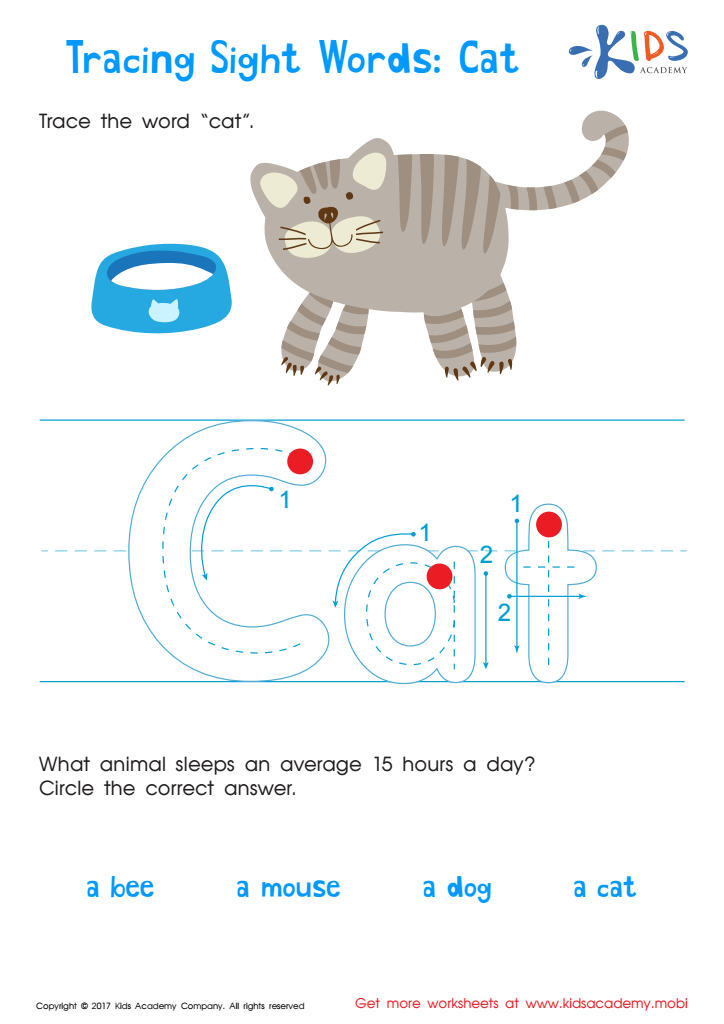

Cat Printable Sight Words Worksheet
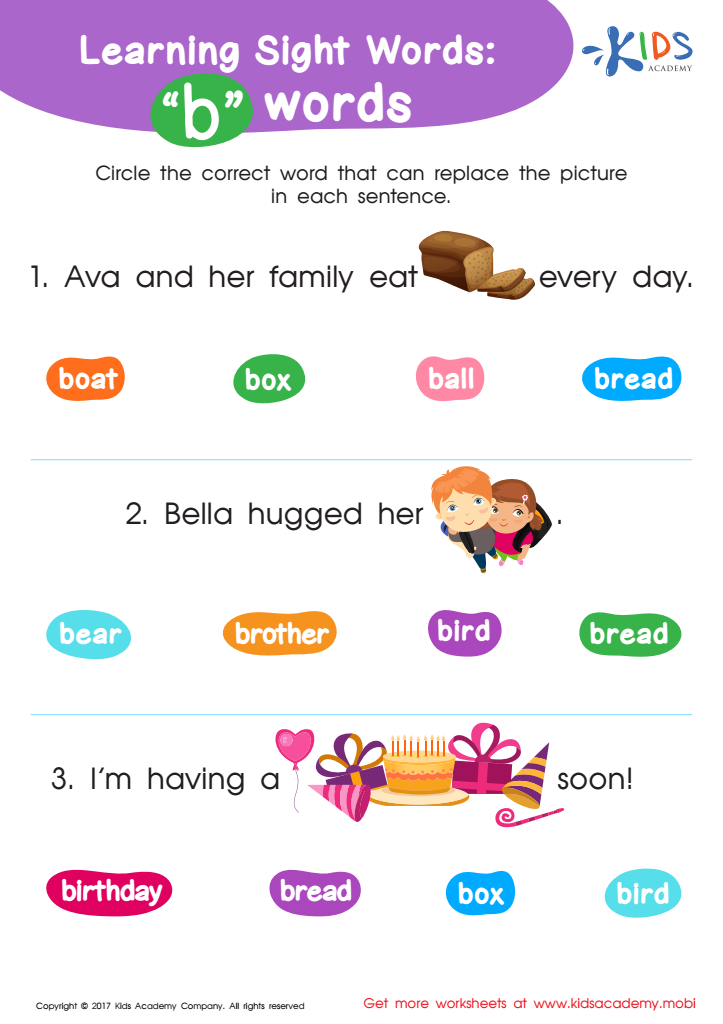

Sight Words Free Worksheet – B Words
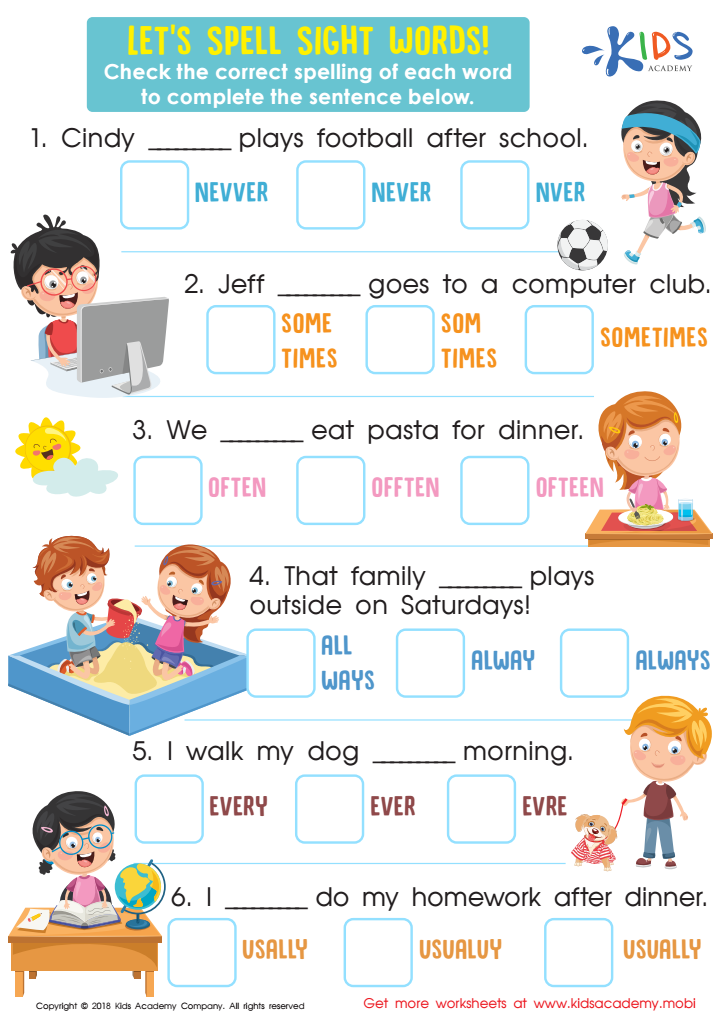

Let's Spell Sight Words Worksheet
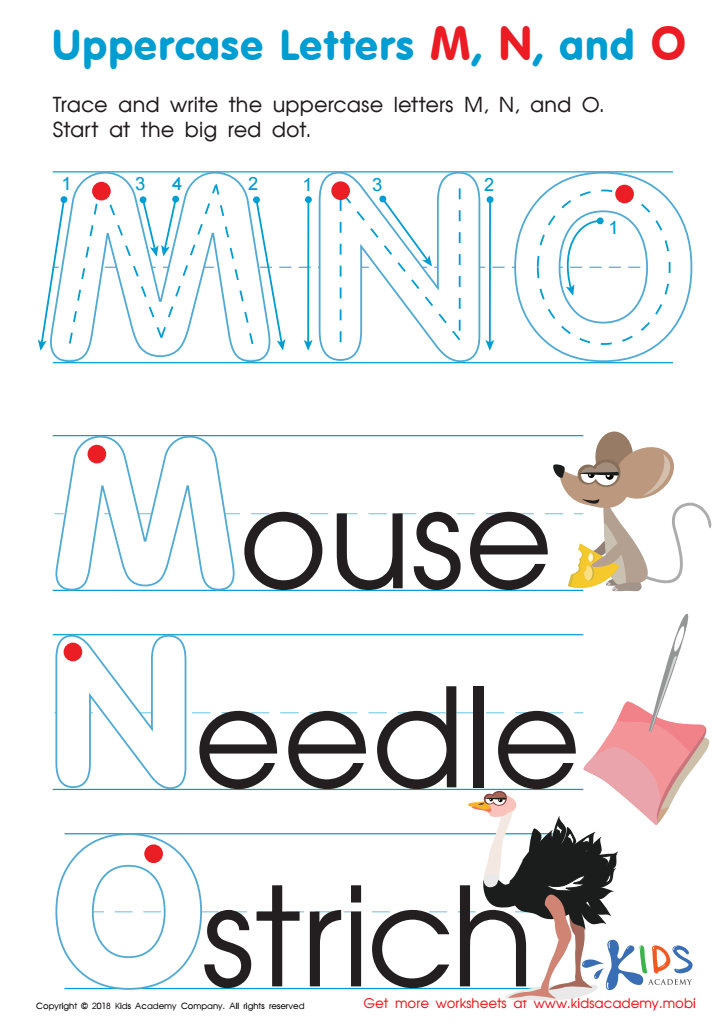

Uppercase Letters M, N, and O Worksheet
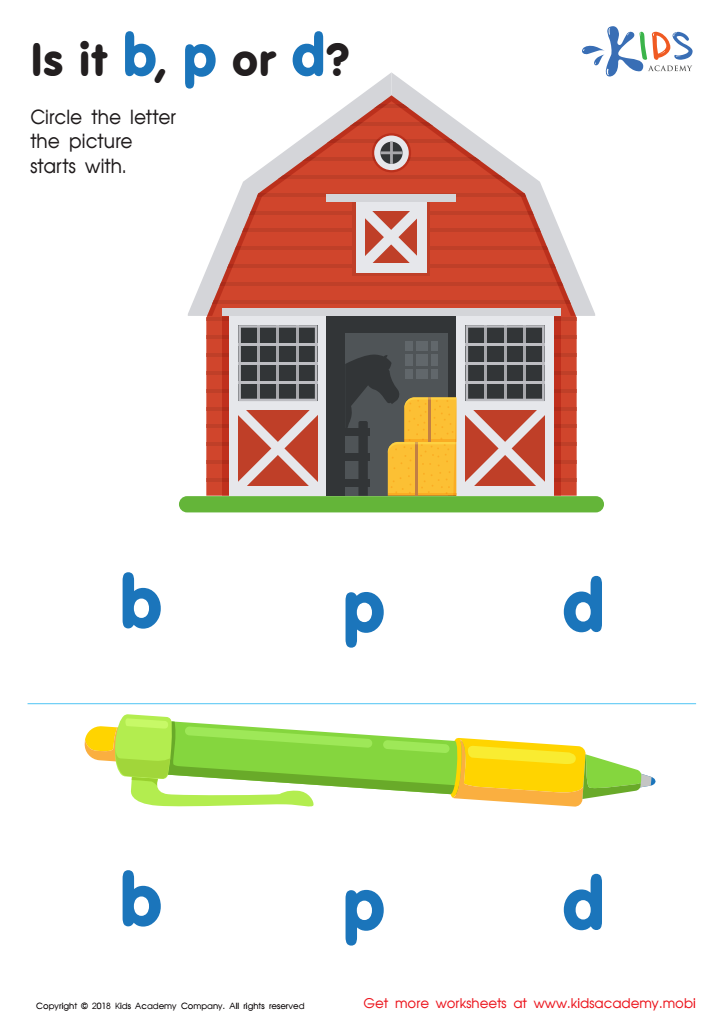

Is it b, p or d? Worksheet


Red Tracing Color Words Printable
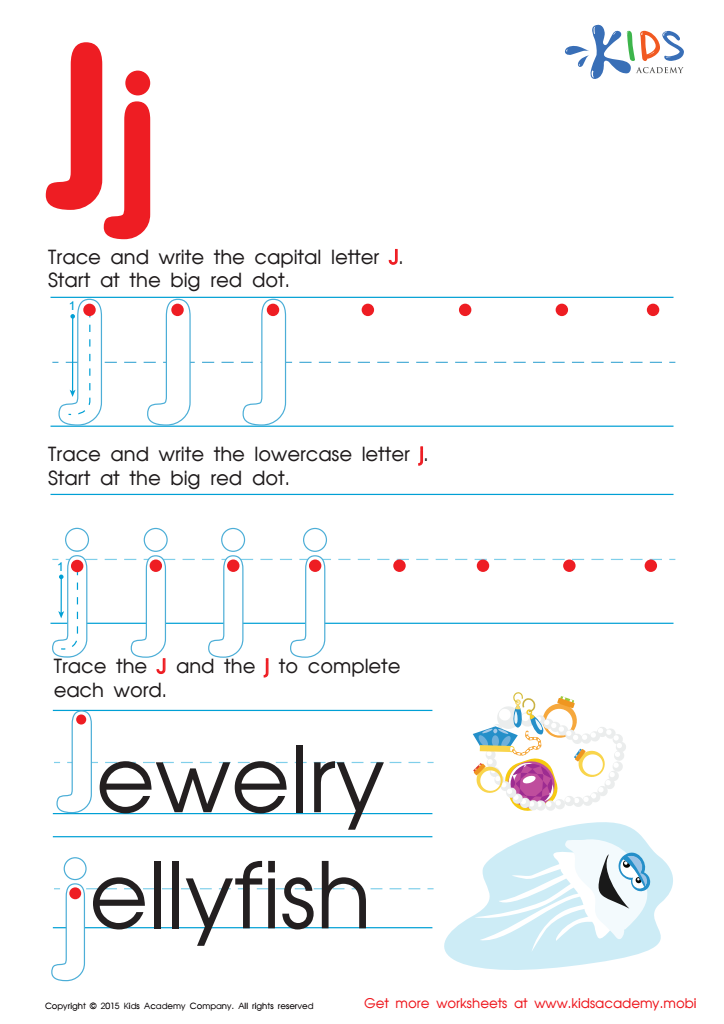

Letter J Tracing Page
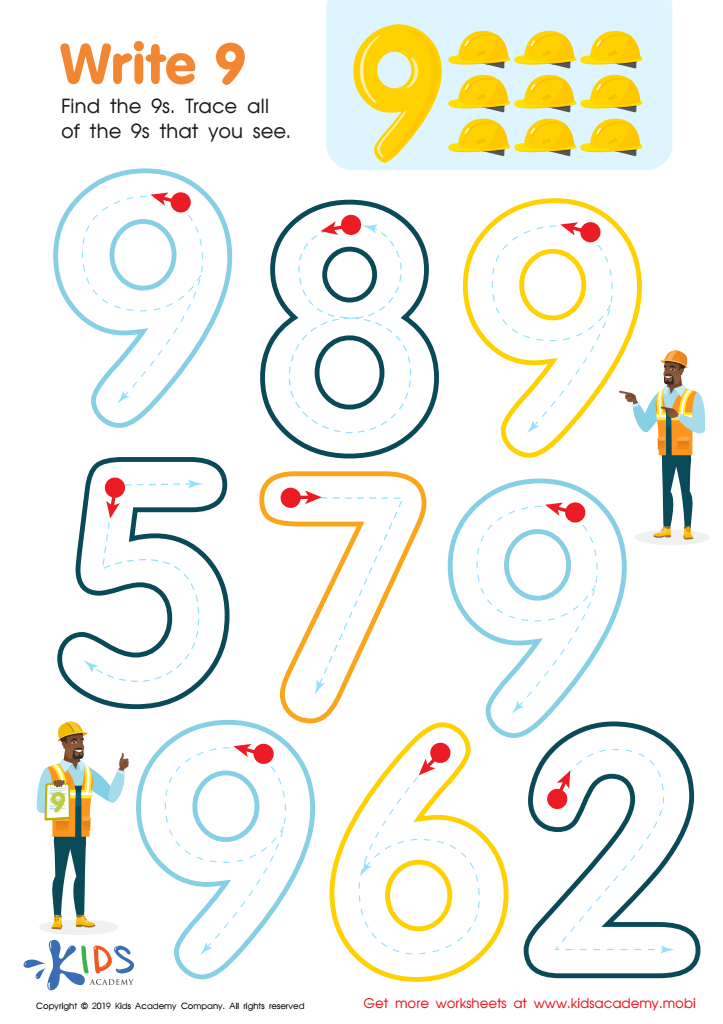

Write 9 Worksheet
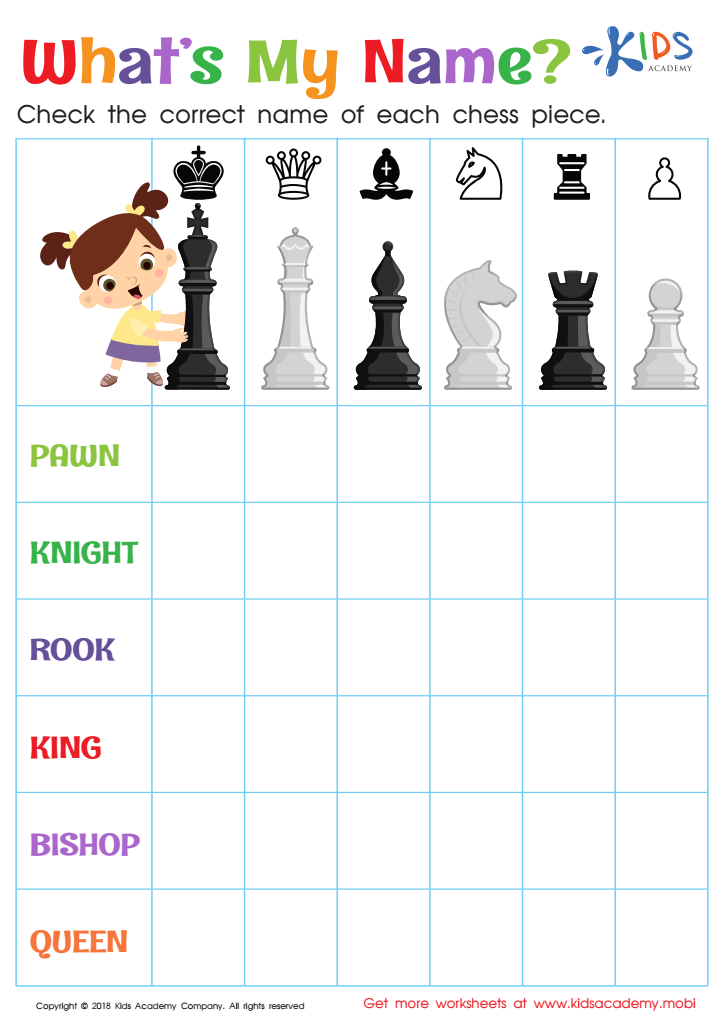

What's My Name? Worksheet
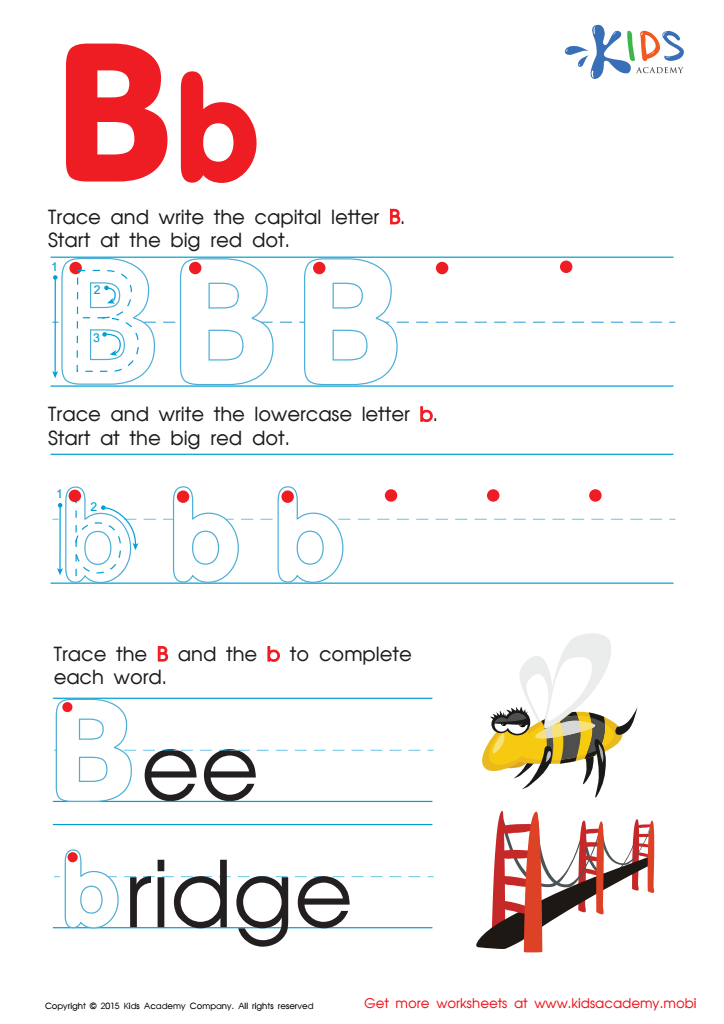

Letter B Tracing Page


Uppercase Letters P, Q, and R Worksheet
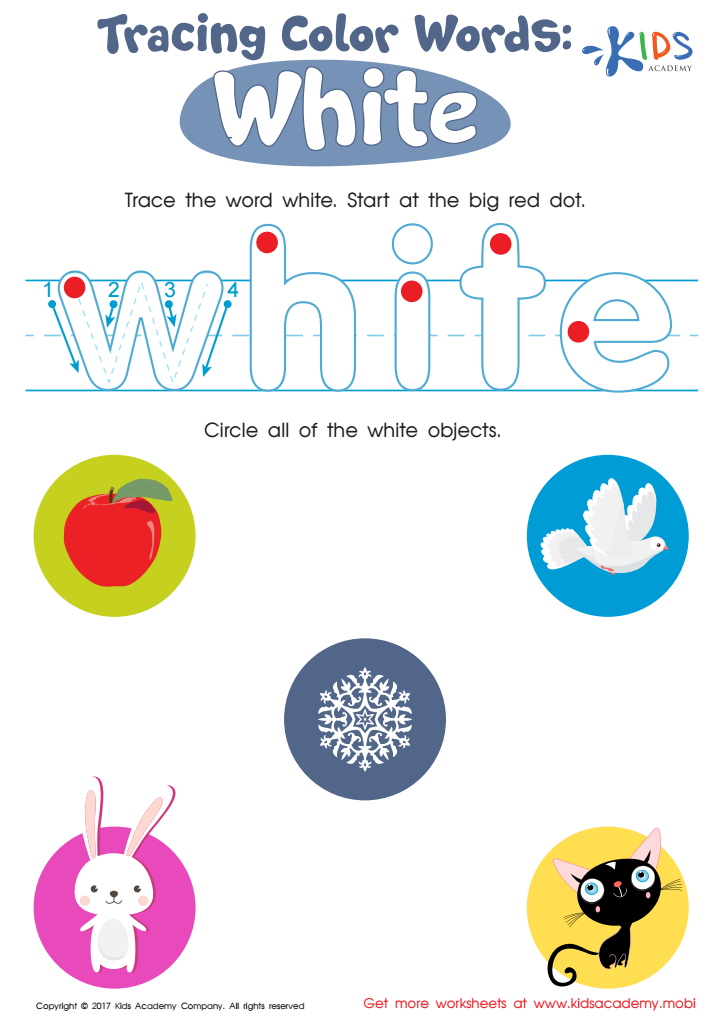

White Tracing Color Words Worksheet
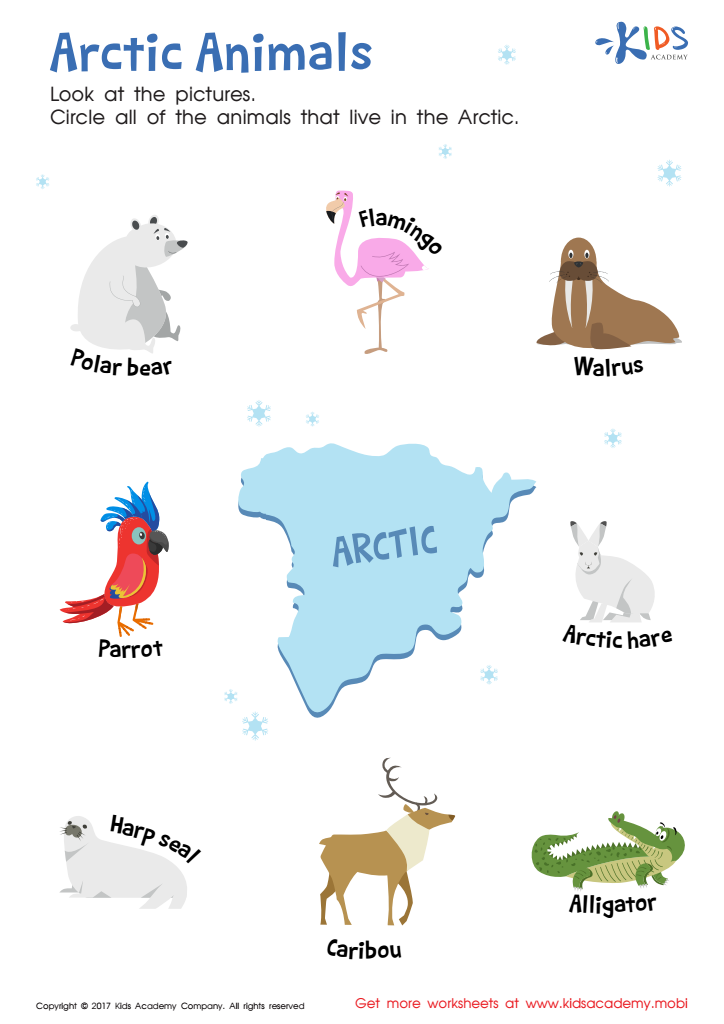

Arctic Animals Worksheet
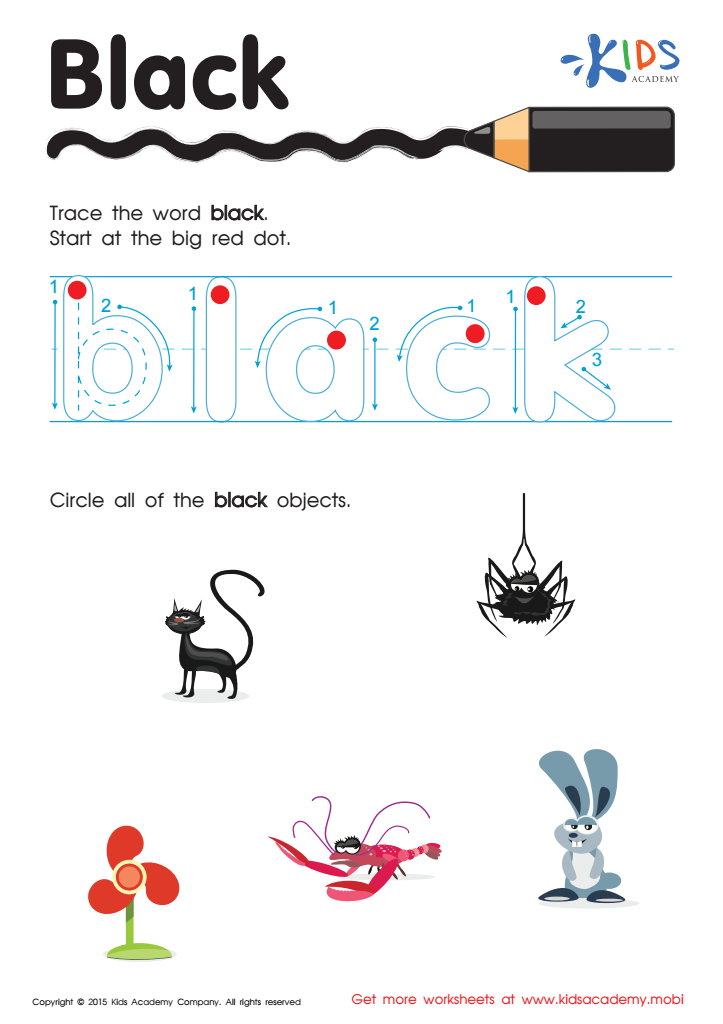

Black Tracing Color Words Printable
Handwriting improvement in children aged 6-9 is essential for several key reasons. Firstly, developing fine motor skills during these early years lays the foundation for more complex skills later in life. Improved handwriting encourages dexterity and coordination, which are also critical for tasks such as buttoning clothes or tying shoelaces.
Secondly, good handwriting positively impacts academic performance. As children transition from learning to write to writing to learn, legible handwriting aids in clear communication of ideas. It also enhances reading skills, since writing and reading are interconnected processes that mutually reinforce one another.
Moreover, handwriting can influence cognitive development. When children write by hand, they engage in a multisensory process, which enhances memory retention and understanding. This tactile interaction with letters and words helps solidify their learning far better than typing on a keyboard.
Lastly, neat handwriting builds a child's confidence and independence. Successfully mastering good handwriting fosters a sense of accomplishment and pride. It also reduces the frustration that can arise when poor handwriting impedes the ability to complete assignments accurately or be understood by others.
In summary, parents and teachers should prioritize handwriting improvement, as it supports motor skills, academic performance, cognitive development, and emotional well-being, creating a well-rounded foundation for lifelong learning.
 Assign to My Students
Assign to My Students

